I struggled for years to grow carrots in my garden; they always came out small or misshapen. Then, after talking to gardening friends of mine, I figured out that I made several carrot growing mistakes.

I rarely recommend growing carrots for beginner gardeners. These veggies stump even the most seasoned gardener because they have particular growing requirements like loosened soil, low nitrogen fertilizer, and ample water.
Understanding the needs of your carrot plants will help you avoid the most common mistakes made while growing these root veggies. I spent years figuring out the keys to a large carrot harvest. Now, let me share the mistakes you don’t want to make and the secrets I learned.
Jump to:
- 13 Carrot Growing Mistakes
- 1. Not Loosening the Soil Before Planting
- 2. Failing to Add Compost to the Soil
- 3. Picking a Location Without Full Sunlight
- 4. Planting at the Wrong Time
- 5. Planting Too Deeply
- 6. Starting Carrot Seeds Inside
- 7. Not Watering Your Carrots Enough
- 8. Forgetting to Thin Carrot Seedlings
- 9. Yanking Sprouts Instead of Cutting
- 10. Not Mulching
- 11. Using the Wrong Fertilizer Type
- 12. Expecting Perfect Carrots
- 13. Waiting Too Long to Harvest
- Have Your Best Carrot Harvest Yet
13 Carrot Growing Mistakes
1. Not Loosening the Soil Before Planting

One of the first carrot growing mistakes I made was not loosening the soil before planting. I assumed that I only needed to plant the seeds like every other plant, but that assumption was wrong.
Carrots are root crops that grow downward, and when the soil is compacted, it makes it hard, if not impossible, for the roots to grow to lengthy sizes. Instead, loosen the dirt approximately one foot beneath the carrot seeds. That gives most carrots all the space they need to grow.
How do you loosen soil for carrot planting?
My favorite trick is to use a steel broad-fork and work it throughout the entire garden bed. It loosens the soil and helps aerate.
2. Failing to Add Compost to the Soil

Having the right soil is one of the most important aspects of growing carrots. Carrots depend on healthy, humus-rich soil to grow, and if you don’t create that, your plants will fail to grow.
Adding compost also helps to ensure the soil is well-draining. Water cannot sit around the carrot roots, or it causes the roots to rot. Compost adds drainage to the ground, no matter what type of soil you might have.
The best carrot harvests I've had are when I plant my carrots in a bed full of compost. I laid four inches of compost in the garden bed and grew directly in the compost one time. My carrots were terrific!
3. Picking a Location Without Full Sunlight
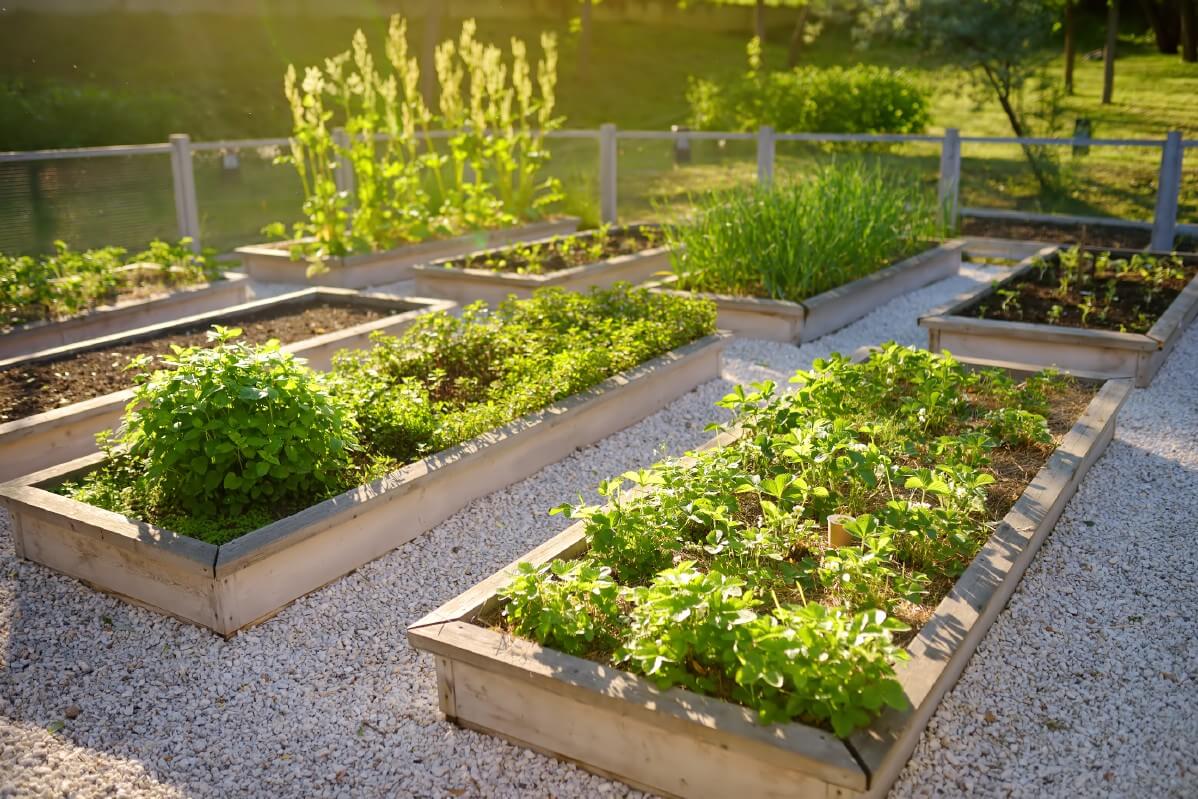
Despite being cool-weather crops, carrots prefer to grow in full sunlight. Picking an area in your garden that doesn’t receive six to eight hours of sunlight each day will reduce the size of your carrot greens and roots.
Ensure you observe the location where you want to plant carrots, confirming it receives this much light. Look for trees that might cast a shade when in full-bloom if you plant in the early spring.
4. Planting at the Wrong Time
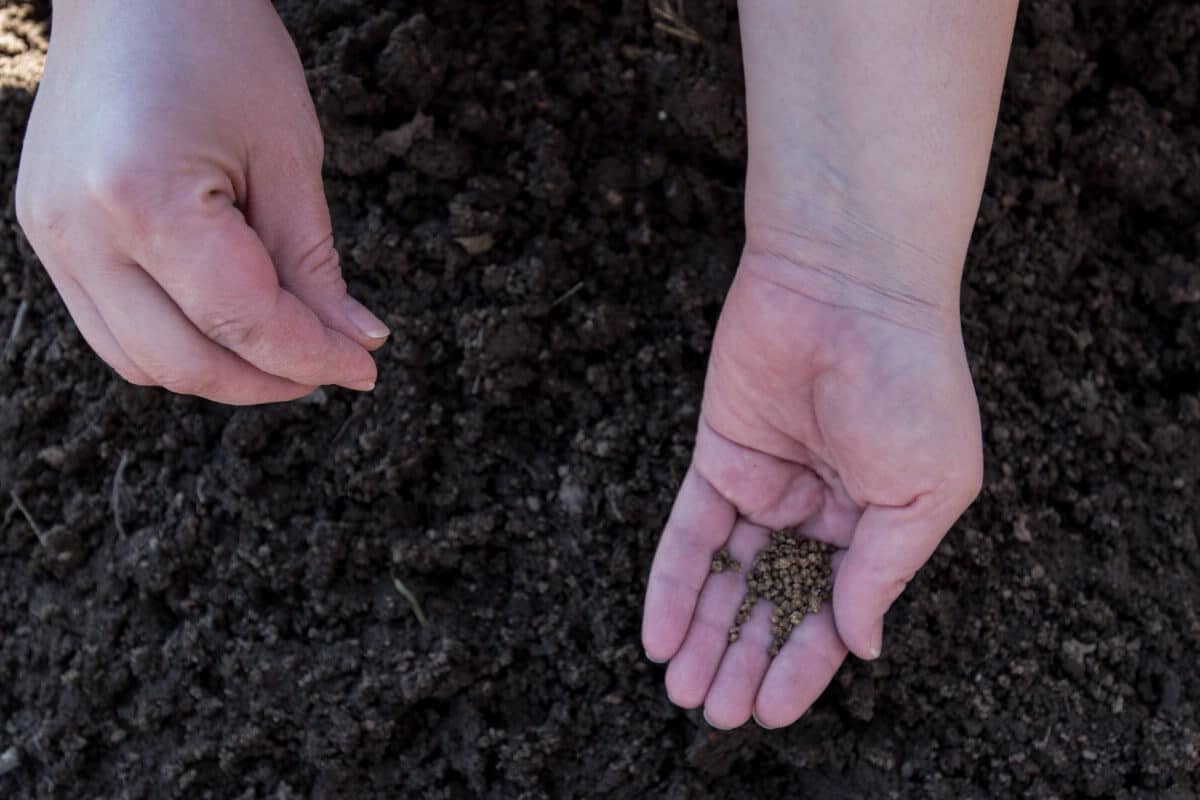
Carrots are a cool-weather crop, and they grow best when planted in the spring or the fall. When the temperatures are too high, germination rates drastically decrease.
So, when should you plant carrots?
In the spring, plant carrot seeds three to four weeks before the final frost date in your area. If you’re worried about too much frost, consider a row cover that will help warm the soil slightly.
In the fall, it's okay to run into the first frost date for your area. I plant my carrots two months before this date and find that mine grow well.
5. Planting Too Deeply
You should plant not all seeds at the same depth, and if you plant carrot seeds too deeply, they'll fail to germinate. Carrot seeds require light to grow, so you shouldn't plant them more than ¼ inch under the soil. Planting any deeper will decrease the germination rate of the seeds.
Here’s how I make sure I don’t plant my carrot seeds too deeply.
I make a shallow trench with my finger to help me place the carrot seeds in an even row. Sprinkle the carrot seeds in this trench; I prefer to use pelleted carrot seeds to space the seeds better and avoid thinning. Then, gently cover the seeds with compost. A light coating is all they need.
6. Starting Carrot Seeds Inside
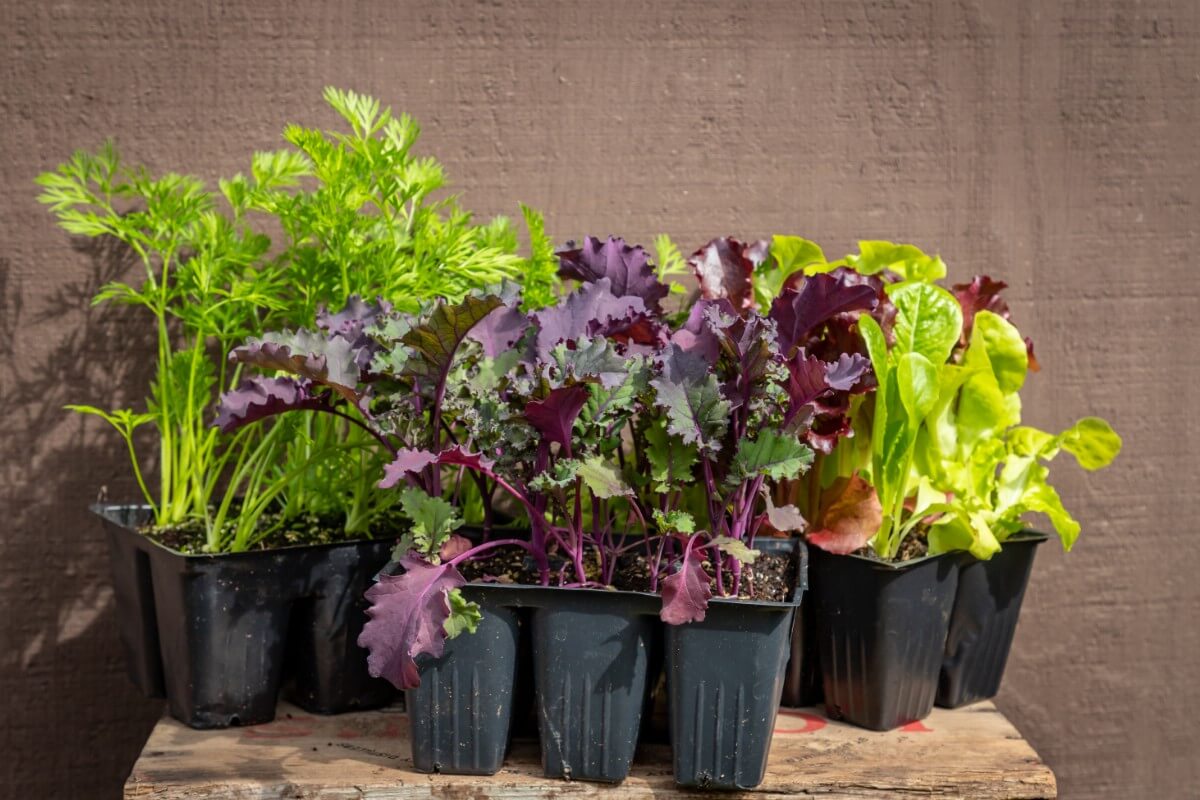
Here is another top carrot growing mistake I see new gardeners make - starting carrot seeds inside.
Many seeds need to be started early, inside your homes, such as peppers and tomatoes, but carrots are NOT one of those plants. We start many seeds inside because they need time to grow before the temperatures outside are suitable.
Carrots are a cold and frost-hardy vegetable that doesn’t mind being planted a month or more before the final frost date in your area.
Starting carrot seeds inside is a no-no, and that applies to most root veggies. Once planted, these seeds prefer not to be disturbed while they form roots. Therefore, direct sowing carrot seeds is the only option.
Don't be worried about frosts; the cold temperatures make these veggies taste even better! So, bring on the cold temperatures.
7. Not Watering Your Carrots Enough
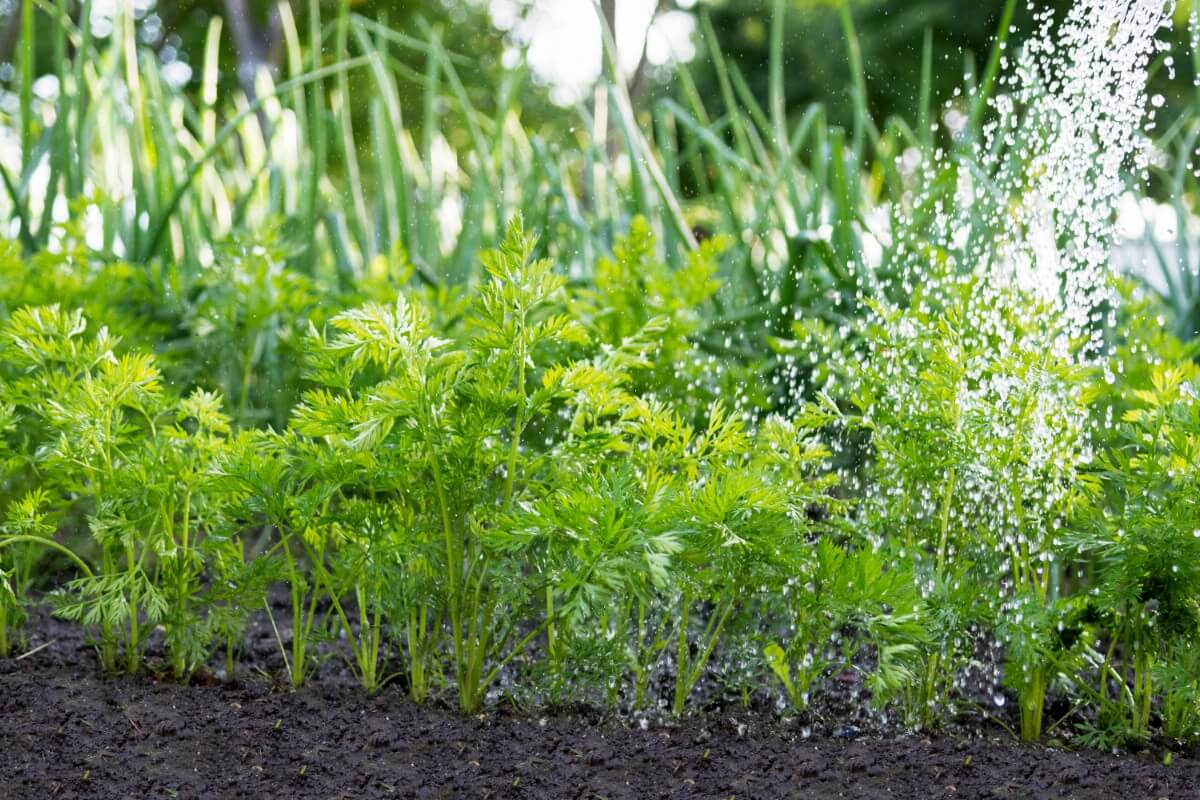
One year, my carrot seeds would not germinate, and I had no idea what I did wrong. As I scrolled through Instagram, one of my favorite accounts mentioned that she deeply watered her carrot seeds nightly.
I realized I wasn’t watering my carrot seeds enough.
I started this practice of watering every day, and sure enough, within two to three weeks, all of my seeds sprouted.
Remember, carrot seeds MUST stay moist until germination.
Carrot seeds need plenty of water to germinate because the water has to break down the protective coating over the seeds. Once the seeds sprout, scale back the watering frequency but not by much. I watered every other day instead of daily.
8. Forgetting to Thin Carrot Seedlings
I have to be honest; one garden task that I cannot stand is thinning carrot seedlings. Since I grow hundreds of carrots, this task feels like it takes forever.
Failing to thin carrots is one of the first carrot-growing mistakes I made. I had no idea that I needed to thin the plants, so I sowed the seeds and thought that’s all I had to do.
Wrong!
Carrots need adequate spacing to ensure they have enough area to grow. Failing to thin will decrease your harvest because they won't have enough nutrients; the competition will be too great.
When thinning, aim to have two to three inches between each carrot plant.
If you want to avoid thinning carrots, you have two options.
1. Buy pelleted carrot seeds; this is the option I prefer. These are more expensive, but the spacing is much easier.
2. Buy seed tape. The seeds are stuck inside biodegradable film with the seeds spaced appropriately. You plant the tape, and the seeds sprout. No thinning is needed!
9. Yanking Sprouts Instead of Cutting
When thinning carrots, don’t remove the sprouts the wrong way.
Pulling or yanking the entire sprout out of the ground is a mistake. You risk disturbing the roots of the surrounding carrot plants, and the roots are the true star of this plant.
Instead, use garden scissors and snip the unwanted sprouts at the soil level. Then, the sprout won't keep growing, and you don't risk harming the other carrot sprouts around it.
10. Not Mulching

After your carrots sprout and you thin the seedlings, it's time to lay mulch around your plants. I wait until after thinning because it makes it easier to see and spread the mulch around the sprouts.
Mulch is essential for carrot plants. It helps to retain moisture in the soil, regulate soil temperature, and suppress weed growth. All of those are important for the health and development of your carrots.
11. Using the Wrong Fertilizer Type
If you end up with large, green carrot tops and small roots, chances have you used the wrong type of fertilizer on your carrots. Too much nitrogen will cause the greens to grow large without sending nutrients to the roots to grow as well.
When you fertilize carrots, they need more phosphorus and potassium than nitrogen. So look for a granular fertilizer with ratios similar to 1-9-3. That ratio is designed perfectly for carrots; don't use a regular, balanced fertilizer such as a 10-10-10. That's way too much nitrogen!
12. Expecting Perfect Carrots
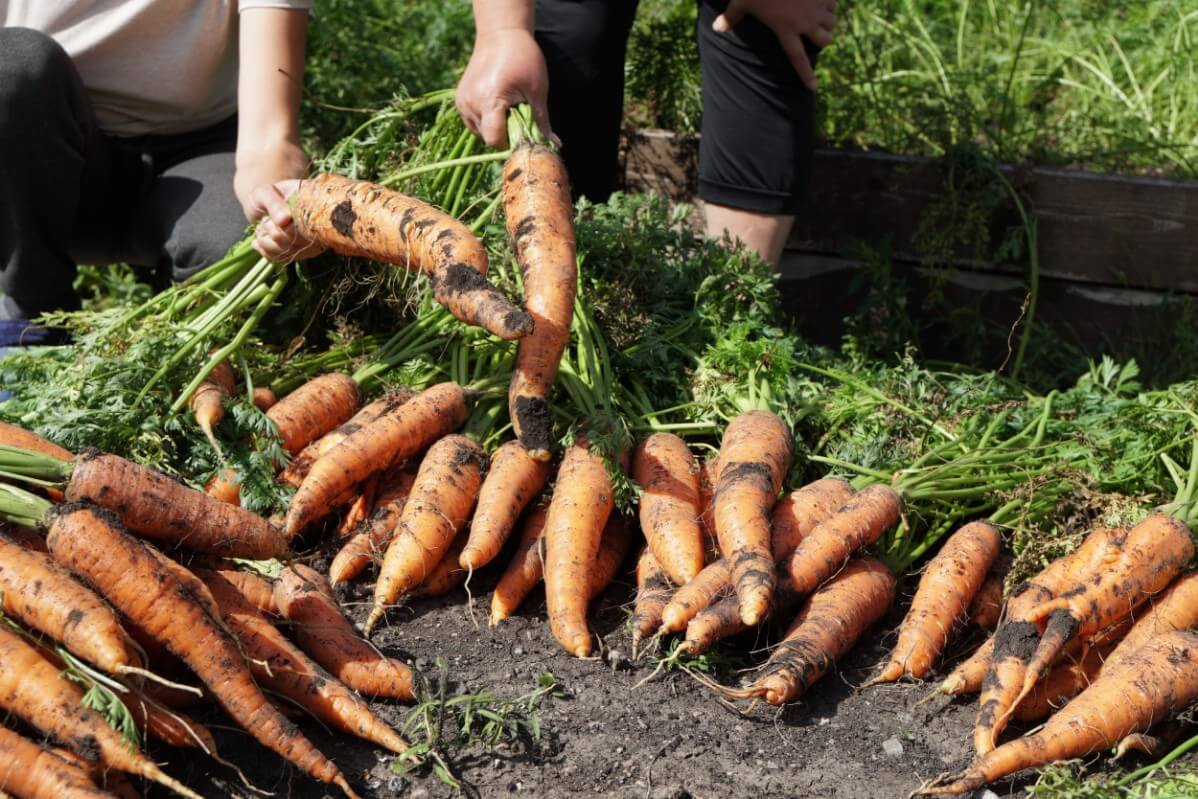
The first time I pulled out a misshapen yet large carrot, I felt disappointment rather than excitement. I expected perfect carrots as you find at the grocery store, and that's undoubtedly not what I grew.
Don’t set yourself up for this carrot-growing mistake.
Homegrown carrots rarely look like the ones at the store. Chances are your garden bed has rocks, clumps of dirt, and sticks in the way that makes growing perfectly straight a challenge. Also, your soil might be more compacted than commercial farms.
However, the taste of homegrown carrots will always exceed what you buy at the store!
13. Waiting Too Long to Harvest
The days to maturity vary for carrots, between 60-90 days. I find that my carrots usually need to grow for 80 days, but start harvesting one carrot when you reach the days listed on your seed packet.
This is why you need to track when you plant seeds in a calendar!
Harvest a carrot and decide if it’s the size that you want to see. If it’s not, then wait several more days, and harvest another.
The tops of the carrots should measure ¾ to one inch in diameter and start popping out of the soil, but that doesn’t happen every time. They should be vibrant in color.
Have Your Best Carrot Harvest Yet
Avoiding these carrot growing mistakes will lead to the best carrot harvest you’ve ever had. These tips will better the health of your plants; you’ll fall in love with growing carrots all over again!

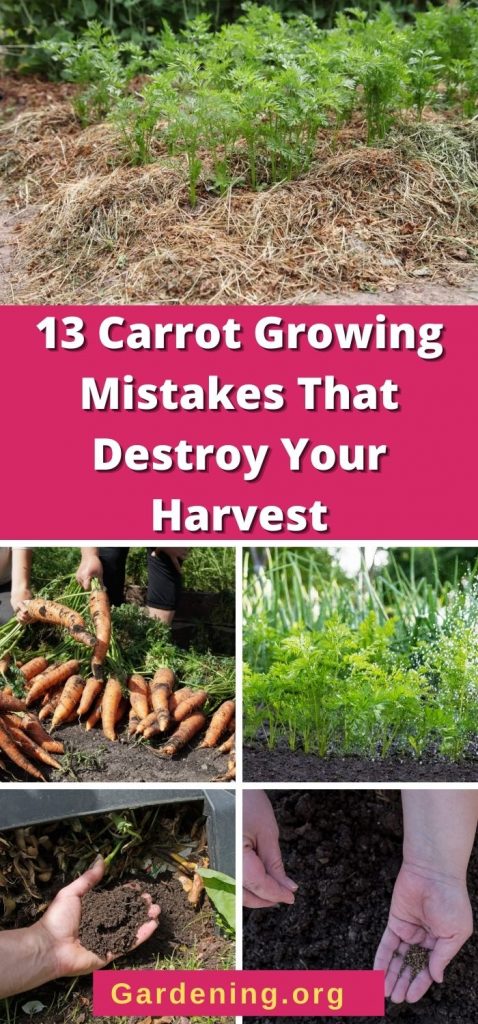
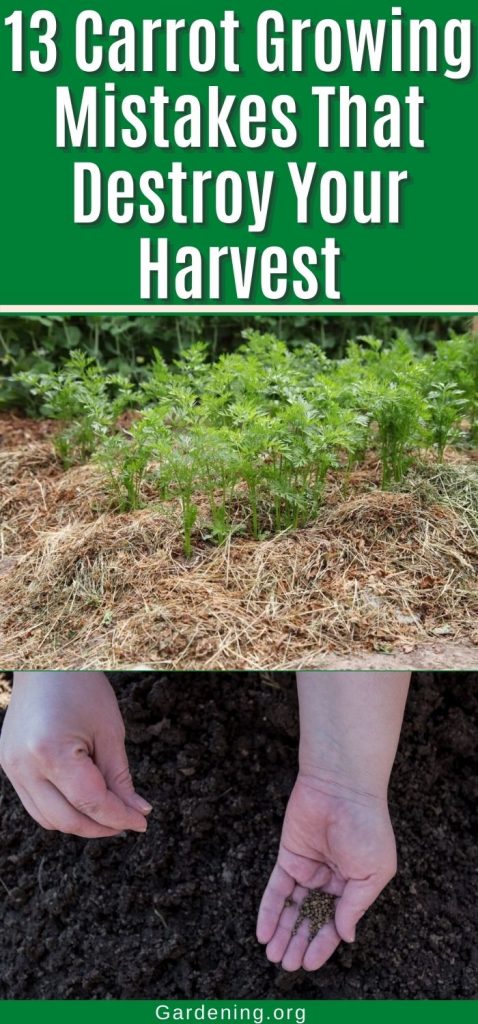
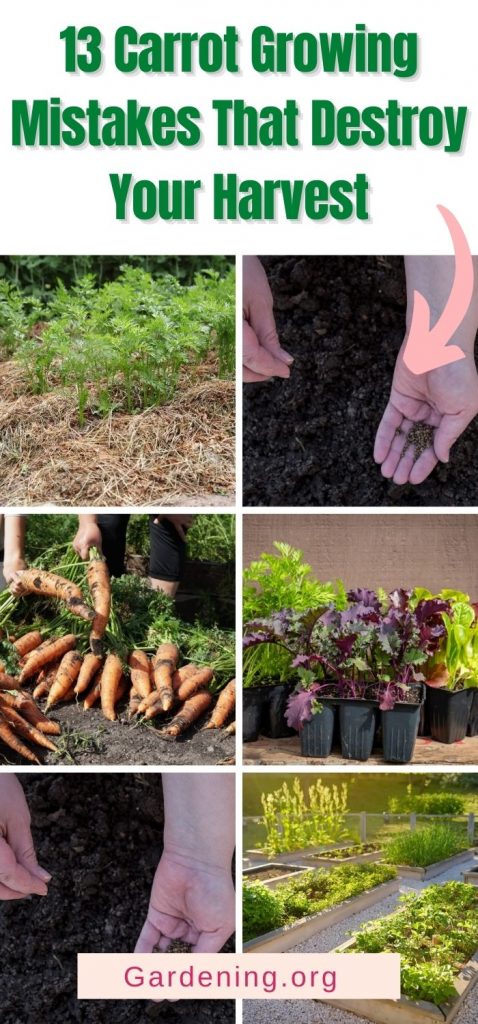

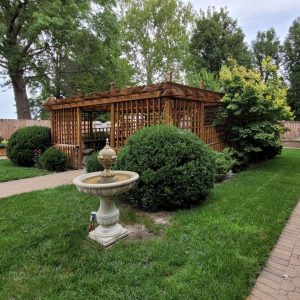
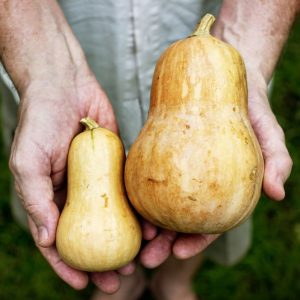
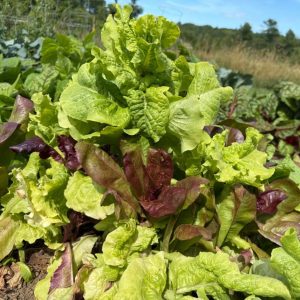
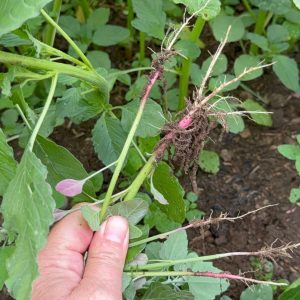
Leave a Reply